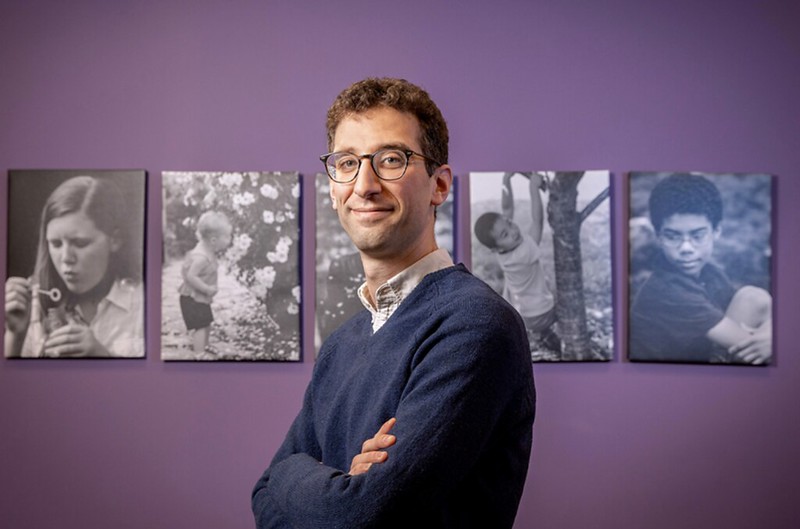Schneider, who is part of a cohort of researchers under the William T. Grant Scholars Project, is delving into the impact of cash infusions on low-income families’ trajectories and children’s well-being. By analyzing data from previous studies and pairing it with state child welfare records, he aims to shed new light on how moving to wealthier neighborhoods affects low-income families’ involvement with child protective services (CPS) in Illinois.
The groundbreaking pilot program in New York, which offers unconditional cash payouts of $500 per month to parents facing child maltreatment investigations, has piqued Schneider’s interest. He is hopeful that Illinois can launch a similar effort in collaboration with Megan Feely, a social work professor at the University of Connecticut.
Schneider emphasizes that while evidence is accumulating, many questions remain regarding the precise amount of money needed to make a difference and how cash transfers can best address the needs of child welfare-involved families. “It’s really promising, but we don’t know what it would look like if it was targeted at families involved in child welfare, specifically,” he said. “If it was a tool that CPS had, maybe the effects would be much larger.”
The idea of using cash transfers is considered crucial in the child welfare field because traditional approaches have not been effective in addressing child neglect adequately. Schneider explains that treating neglect as if it has the same causes as abuse does not yield satisfactory results. Cash transfers offer a potential solution by providing families with much-needed resources, allowing them to stabilize their lives and potentially benefit from additional support services.
While some scholars have expressed concerns about the limitations of cash transfers, Schneider advocates that money is a key missing piece in the child welfare puzzle. He points to research showing that mandated reporters often contact CPS seeking resources for children, and a mismatch exists between families’ needs and the system’s design. Cash transfers could bridge this gap and provide essential stability for vulnerable families in contact with the child welfare system.
Schneider’s work on old randomized controlled trials, such as the Moving to Opportunity study, and linking them with child maltreatment registries will contribute to one of the first experimental studies of the effect of neighborhoods on child welfare. This research aims to shed light on whether housing and employment programs can help families avoid foster care removals.
Regarding the optimal amount and approach to cash transfers, Schneider acknowledges that the goal might be to help stabilize families rather than lifting them out of poverty permanently. The exact amount needed and the duration of support are yet to be determined, and the ongoing pilot programs in New York will be instrumental in providing valuable insights.
Overall, there is increasing interest in the field around the potential of cash transfers or other forms of support for families involved in child welfare. Schneider hopes that this momentum will encourage commissioners and agencies to explore innovative solutions to ensure children’s safety and well-being.




